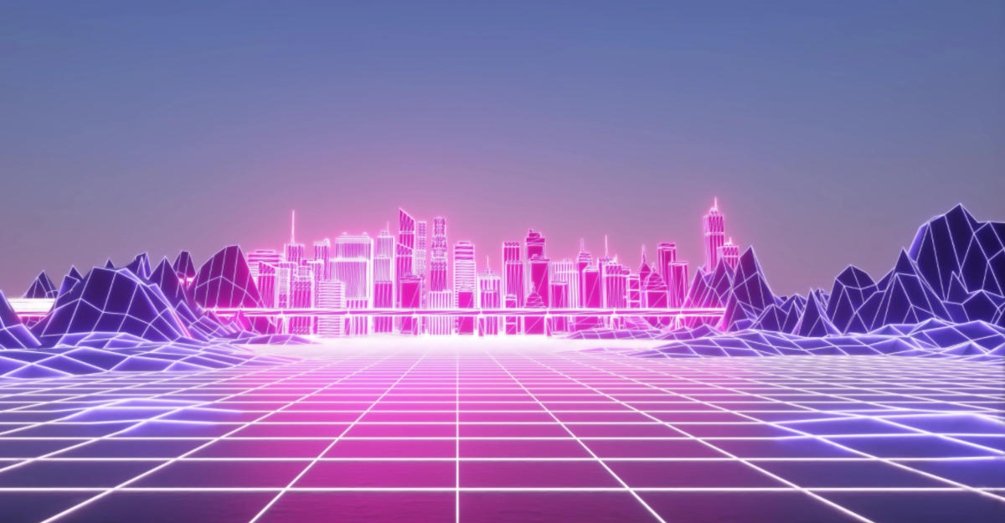
Metaverse
AlphaMille advises on the entire Metaverse project, from creative to implementation.
How Metaverse Creates the New Revenue Streams
What is the Metaverse? It is a digital ecosystem. Every time we replace a physical habit with a digital equivalent, we are moving further into the metaverse. Every time our children play Roblox, instead of getting together for a playdate, we move into the metaverse. Every time we use zoom, instead of meeting face-to-face, or attend an event online because it takes too long to travel there, our digital life expands. Make no mistake – we are already living in a basic, and extremely fragmented, version of the Metaverse. And just like businesses invested in websites and applications years ago, the forward-thinking firms are already thinking about how they can benefit from the Metaverse, especially given that it attracts the young demographic.
Unlimited potential revenue sources because the audience is unlimited, and there is no time restriction. Here are the revenue streams that come with the Metaverse:
Access passes, including the Blockchain-based access passes
Advertising
Virtual goods
Virtual billboards
Sponsorship opportunities
Hybrid product launches (IRL/Virtual)
NFTs (primary and secondary sales)
Physical merchandize sales
Exclusive Performances/Events
POAPs (Proof of Attendance Protocol, a new way of keeping an immutable record of your life experiences, including virtual and in-person events)
Token gating (token gating allows projects to reward people who hold their NFTs by creating exclusive content, events, etc. available only to token holders)
Freemium model for games with in-game purchases (freemium is a business model in which a company offers basic or limited features to users at no cost and then charges a premium for supplemental or advanced features)
Quests
Mini games
Betting (in certain jurisdictions)
Volumetric Capture - How Holograms Are Created
Holographic video, also known as volumetric video, looks like video from any given viewpoint. However, it exists volumetrically in 3D space. Viewers can change their view of a performance at any time, or actually move around the video, in mixed reality experiences. When performances are captured using many cameras, and then computer vision algorithms are used to create a textured 3D mesh per frame. Data is then processed to provide some consistency in the meshes over time, which we then compress into a file format that is playable on a wide variety of cross-platform devices.
These holograms can be placed into real-world settings, blending the digital with the physical. From holographic headsets to augmented reality on any mobile device, performances can be experienced in your physical space from every perspective using mobile friendly holographic video.
Source: Microsoft
The Process of Volumetric Capture
Step 1: Plan your vision
Plan the details of your shoot with our creative and technical experts. Good pre-production is essential to the overall success of your project.
Step 2: Volumetric capture
The volumetric capture process is similar to a video shoot. The studio captures post-production metadata and generates preview footage.
Step 3: Post-production
Plug-ins for Unity, Unreal and iPhone/Android (ARKit/ARCore) make the process efficient by integrating content into your project.






